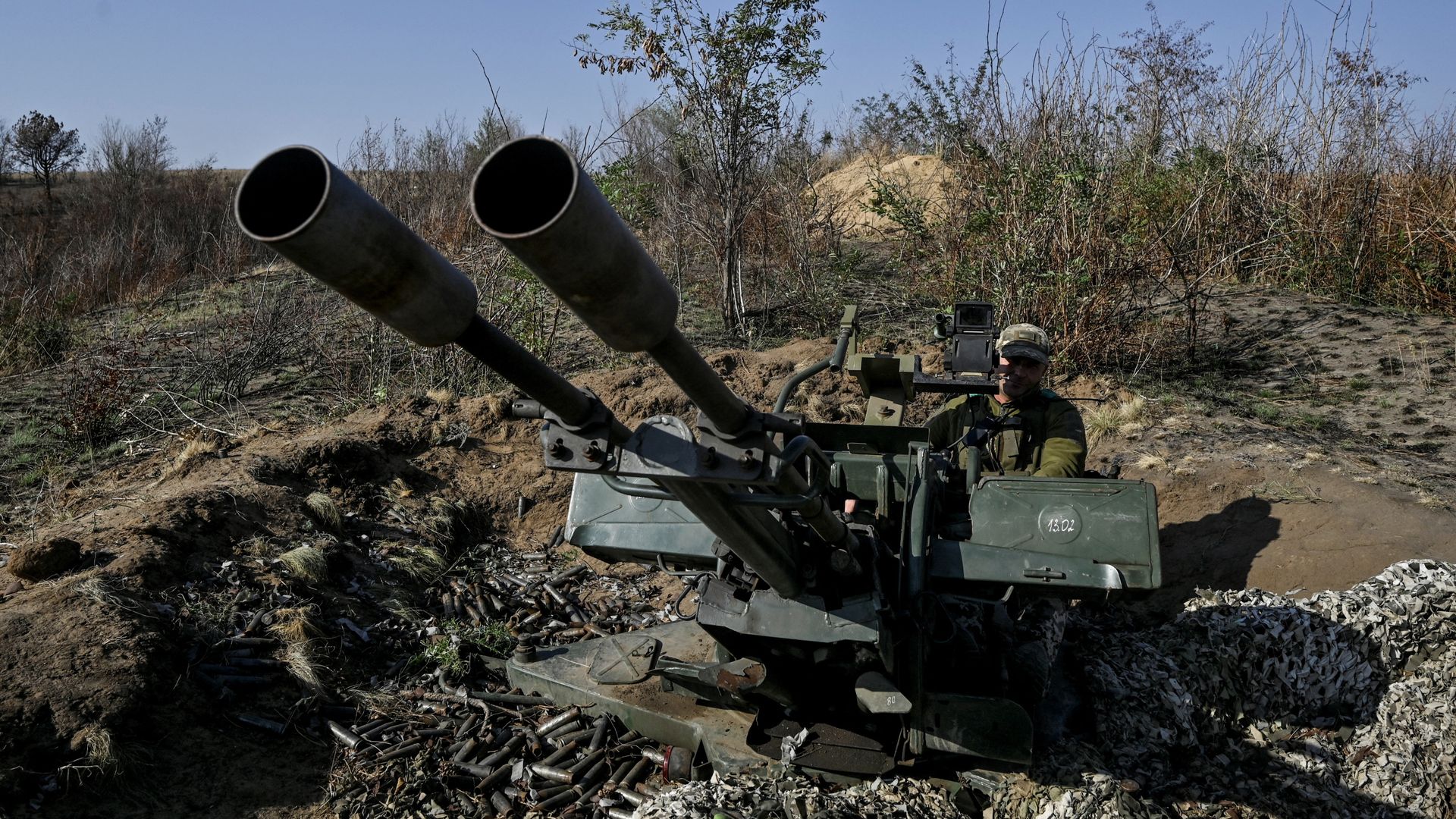
The number of wildfires in Maine is on the rise, but it is not just Maine’s vast forests that are at risk, according to fire officials.
With nearly 90 percent of the state covered by forests, Maine has the highest rate of forest coverage in the country, and most of Maine’s 1.3 million residents live outside densely developed urban centers, meaning their homes could be at risk of damage or destruction from a forest fire that spreads into their neighborhoods.
It is not just those numbers that make Maine state forest officials and small town fire chiefs worry. Large-scale forest fires — which in recent years have attracted a lot of attention in the western U.S. and Canada as climate change has helped millions of acres go up in flames — have happened in Maine before and could happen again.
Mainers battled widespread forest fires in 1825, 1908 and 1947, but a good example of the potential Maine now faces occurred less than a month ago in Nova Scotia, less than 100 miles away from Maine. Wildfires there in late May and early June destroyed hundreds of homes, temporarily displaced thousands of people and burned tens of thousands of acres.
“You never know when a wildfire will happen,” said Kent Nelson, a ranger specialist with the Maine Forest Service, even if the risk in Maine is lower than it is elsewhere.
Nelson was in Surry on Wednesday to talk with local fire officials and residents about how to reduce the risk of forest fire damage to their homes.
What might start out as a small fire can easily spread into a major conflagration if it gets whipped up by the winds, he said.
“I think that was a factor in Nova Scotia,” Nelson said. “You can’t mitigate the winds.”
Even though June has been fairly rainy for much of the state, a heavy downpour that may cause minor flooding still might not do much to alleviate overall dry conditions, Nelson said. Despite the recent rains, as of Thursday the far northwest corner of Maine along the Saint John River, coastal Hancock County and most of Washington County were considered “abnormally dry,” according to the U.S. Drought Monitor.
“This is the time to prevent a repeat of that 1947 fire that happened here in Maine,” Nelson said. “You can’t prepare when you’re in a drought. A week’s worth of cutting tree limbs is not enough.”
Surry’s fire chief, Bryan McLellan, said Maine has seen more wildfires in recent years as hotter and drier conditions have increased, which also has extended Maine’s fire season earlier into spring and later into fall. He said there haven’t been enough wildfires in Surry in recent years to identify a trend, but the department has seen calls go up about 10 percent a year over the past few years.
Those calls are not just for fires, but also other responses, such as a tree blocking a road or flooding caused by a blocked culvert.
“The weather really increases our calls,” McLellan said.
Staffing is an issue for fire departments throughout Maine and nationwide, regardless of the threat of wildfires, McLellan said, but limited resources is one reason why fire officials want Mainers to take steps to reduce the threat of wildfires to their homes.
On Thursday, local and state fire officials set out to randomly contact dozens of Surry residents to evaluate their properties. An area group called Blue Hill Tomorrow had arranged the fire risk assessments as part of an effort to promote regional safety planning and to prevent fire damage on the Blue Hill Peninsula.
Among the pointers were keeping underbrush at least 30 feet away from homes, not stacking firewood on outside walls of barns or other buildings, and trimming low branches off trees near buildings so they are less susceptible to grass fires. Nelson said the fire risk assessments in Surry are the latest of hundreds of such community assessments that the Maine Forest Service has conducted in Maine since 2006.
McLellan said he hopes regional planning among Blue Hill-area towns will attract grants and maybe even money for fire response infrastructure improvements.
At the top of his wish list are two 30,000-gallon underground water cisterns, one in Surry village and the other on Newbury Neck Road, that the local fire department would tap into to fight fires in those areas. Maine has lots of lakes, rivers and ponds, he said, but weather conditions can sometimes make it difficult for fire departments to use them as water supplies during emergencies.
“Most of the state has a low rating from insurance companies because we don’t have sufficient water supplies,” McLellan said.









